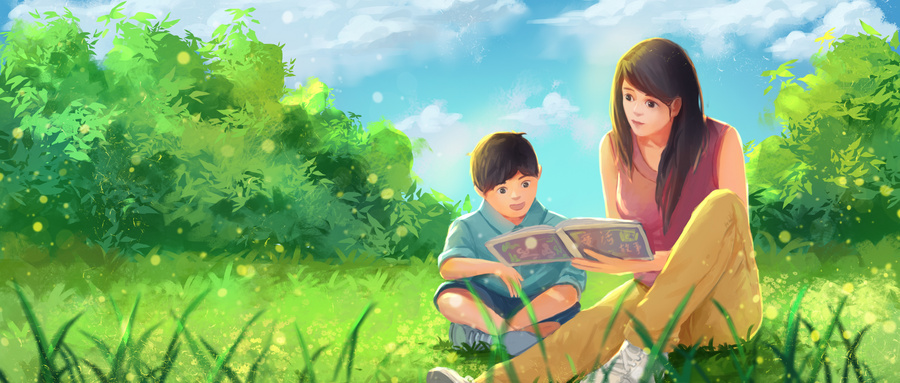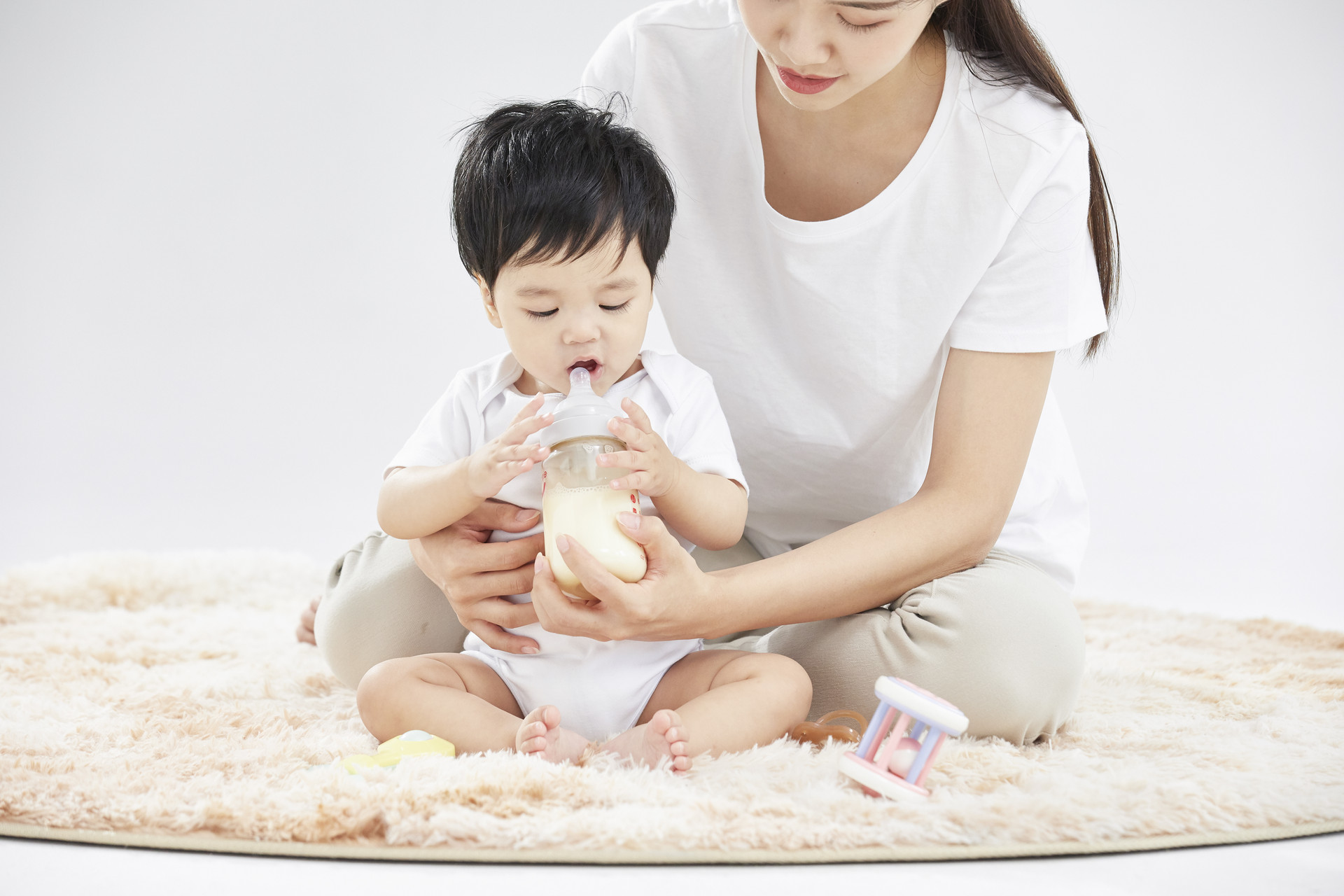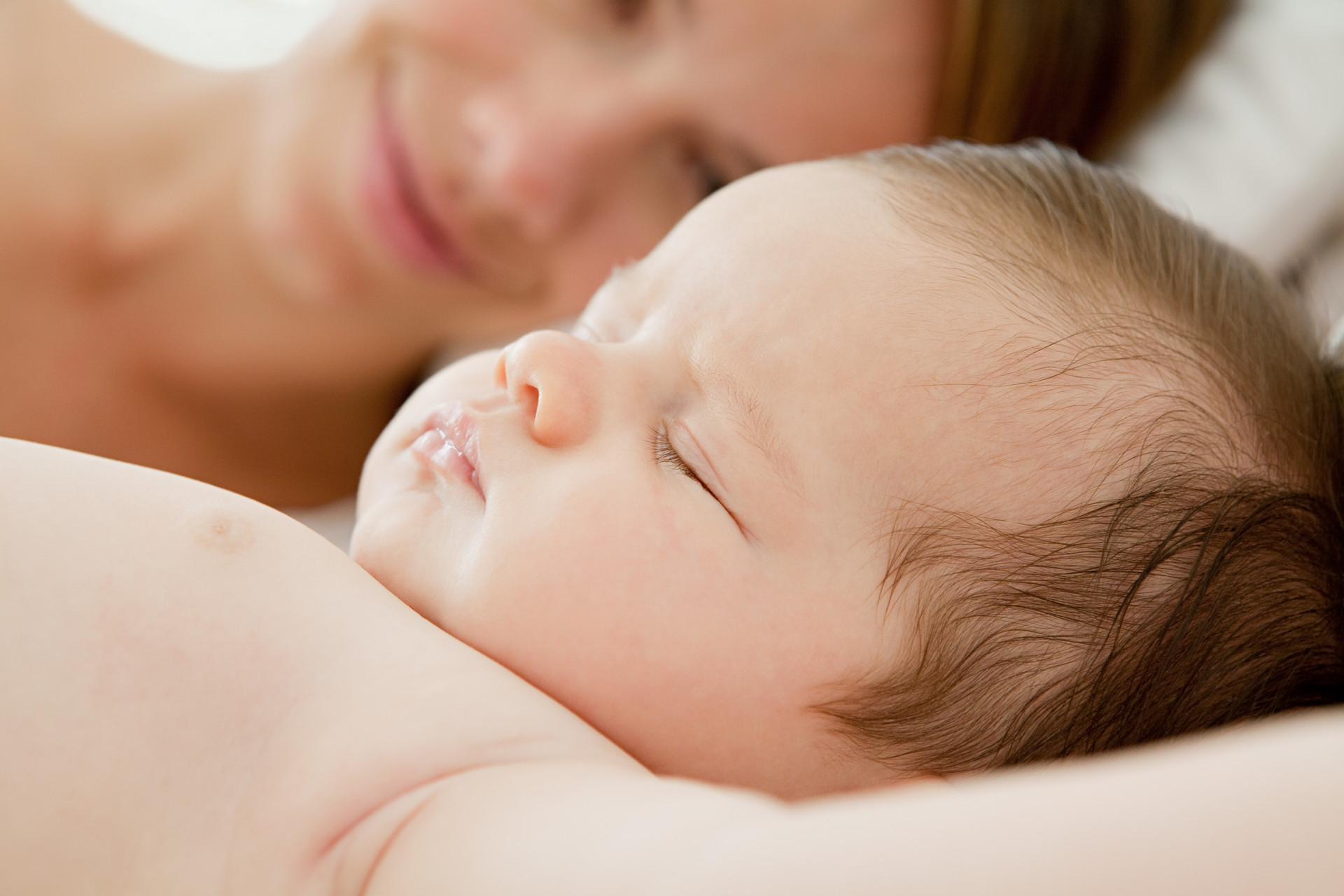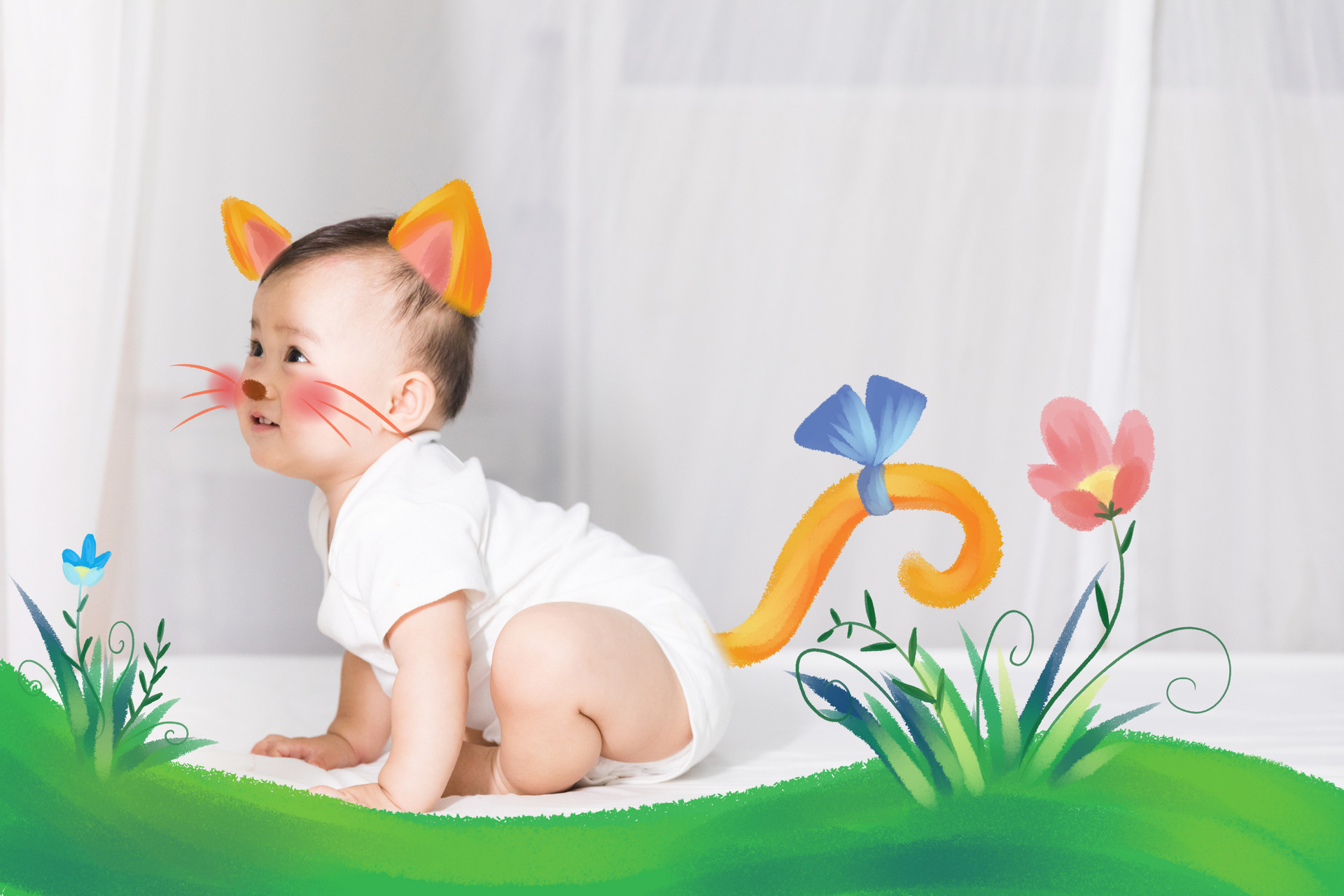Managing children with attention deficit hyperactivity disorder (ADHD) can be challenging, but sometimes we are not clear about the specific manifestations of ADHD in children and the methods of treatment. Many parents are very worried about this. I am here to help you understand and solve your problems. Let's take a look together!
Manifestations of ADHD in children
1. Excessive activity
It mostly starts in early childhood and becomes more prominent in primary school. They can't stop moving during class, tearing books, making a mess of their books, touching everything they can, provoking others, and often fighting with classmates.
2. Lack of attention
They are not focused during learning and have a short attention span in class. They react to stimuli from various sources.
3. Emotional instability and impulsivity
They may shout for no reason, lack patience, and rush through tasks.
4. Learning difficulties
Children with ADHD have normal intelligence, but they may struggle with learning due to their excessive activity. Some children may have difficulties with cognitive activities and comprehensive analysis. The course of the disorder usually starts before the age of 7 and lasts for more than 6 months.
1. Psychological treatment
There are mainly two methods: behavior therapy and cognitive-behavioral therapy. Children with ADHD often have poor peer relationships, use aggressive language and behaviors towards others, and have poor self-control. Behavior therapy uses the principle of operant conditioning to provide positive or negative reinforcement for the patient's behavior in a timely manner, helping the patient learn appropriate social skills and replace inappropriate behavior patterns with new and effective behaviors. Cognitive-behavioral therapy mainly addresses the impulsivity issue, teaching patients how to solve problems, recognize whether their behavior is appropriate, and choose appropriate behavioral strategies.
2. Medication treatment
Medication can improve attention deficit, reduce activity levels, and to some extent, improve academic performance and enhance relationships between patients and family members.
The first treatment method is central nervous system stimulants, which are the primary drugs used in domestic treatment, such as methylphenidate and its extended-release formulation. Methylphenidate, marketed as Ritalin, helps improve attention at low doses and can improve hyperactivity and impulsivity symptoms at high doses, reducing behavioral problems.
Central nervous system stimulants are only recommended for use in patients aged 6 and above. Due to their stimulant effects, they should not be taken at night. Side effects of the medication include decreased appetite, insomnia, headache, irritability, and anger. Whether it affects growth and development is still uncertain. Central nervous system stimulants may induce or worsen tic symptoms, so they are not recommended for patients with comorbid tic disorders. The issue of substance abuse must also be considered when using central nervous system stimulants for long-term treatment.
The second treatment method is selective norepinephrine reuptake inhibitors, represented by atomoxetine. Atomoxetine has similar efficacy to methylphenidate, but with fewer adverse effects and better tolerability. It has been classified as a first-line treatment drug for ADHD. Its characteristics include once-daily dosing with a duration of 24 hours, no addictive potential with long-term use, and a slower onset of action compared to central nervous system stimulants, usually taking 1-2 weeks to show effects. It is not suitable for ADHD patients who require acute treatment. The most common adverse reaction is gastrointestinal discomfort, so it should be taken after meals.











